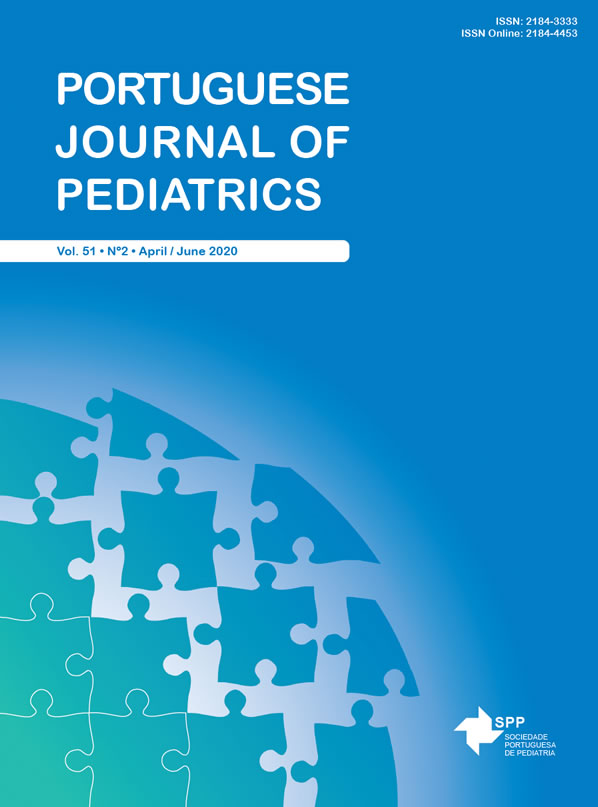Chronic Fetal Exposure to Opioids: National Practices in the Newborn
Date of submission: 15-07-2019 | Date of acceptance: 29-11-2019 | Published: 02-04-2020
DOI:
https://doi.org/10.25754/pjp.2020.18277Abstract
Introduction: Intrauterine exposure to abuse substances is a growing public health problem, with opiates being the most frequent cause of neonatal abstinence syndrome (NAS). The purpose of this study was to report the prevalence, compare national practices of diagnosis, treatment and follow-up of newborns with chronic fetal opiate exposure.
Material and methods: Anonymous online questionnaire was sent to 43 public neonatology units of Portugal. A descriptive and statistical analysis of the data was performed.
Results: 21 units replied, 11/52.4% of differentiated perinatal support. From 32,212 newborns, 39/1.2 per 1000 were exposed to opiates, 29/74.4% of these required pharmacological therapy.
Nine units have their own protocol; the remainder follow the clinical consensus "Newborns of mother with substance abuse" of the Portuguese Society of Neonatology.
Rooming-in is never practiced in 2 units versus in 2 it is allowed with pharmacological therapy. Minimum age for discharge ranged from 3 to 10 days for infants at risk of NAS. Finnegan's Scale, whether or not associated with clinical criteria, is used by all units for the decision to treat or discontinue therapy. Opiates and phenobarbital were the drugs most commonly used in the treatment of NAS and seizures, respectively. Two units allow outpatient therapy (weaning of phenobarbital). Breastfeeding is allowed in newborns exposed to various abuse substances in 3 units. Seven units have no follow-up plan established after discharge.
Discussion and conclusion: The heterogeneity in the approach to NAS is more marked in the use of rooming-in, age for discharge and follow-up plan. Study limited by low response rate (48.8%).
Downloads
Downloads
Published
Issue
Section
License

This work is licensed under a Creative Commons Attribution-NonCommercial-NoDerivatives 4.0 International License.









